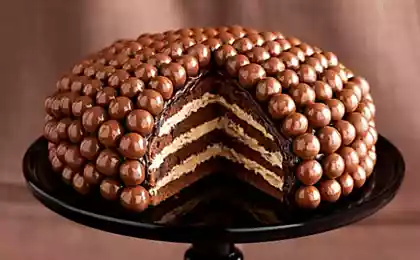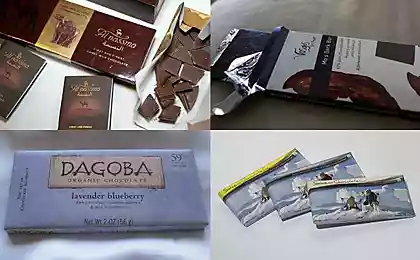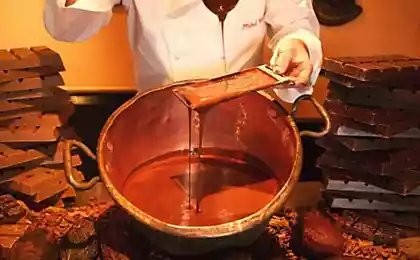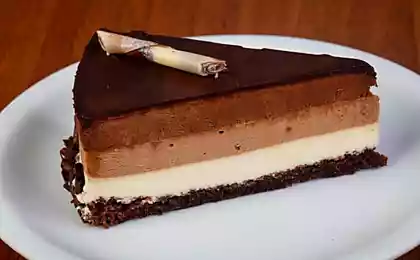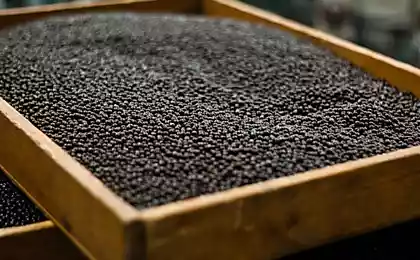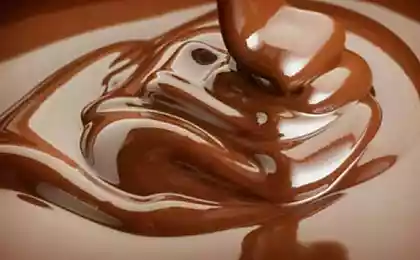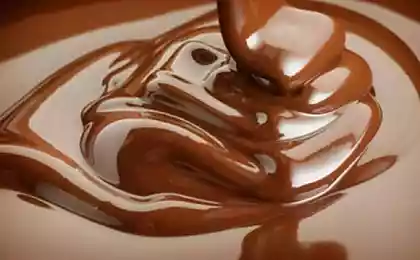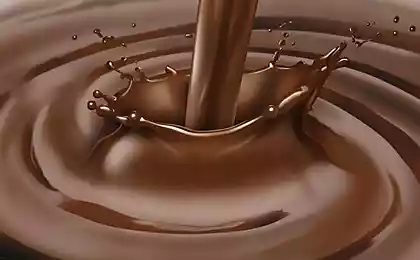1339
The history of chocolate (10 photos)
Chocolate we owe the Indians-Aztecs called it "chokolatl" which means "bitter water».
According to legend, cocoa, from which the Indians themselves prepared broth, served food gods, and his men brought the great god Quetzalcoatl, so drink chokolatl considered communion to the deity. The drink was very expensive: one hundred cocoa beans could buy a slave, and services prostitutes cost 5 beans. Apparently, it was the beans "currency" of the Aztecs.
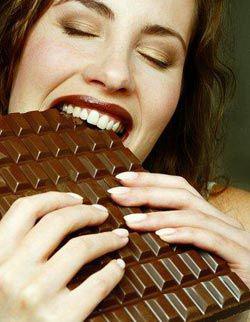
The benefits of cocoa from the Mayan Indians learned, but the name of this plant belongs to the more ancient inhabitants of Central America - the Olmecs.
Introducing the Old World with a drink was in 1519, when the Aztecs presented his Spanish conquistador Hernan Cortes, their acceptance of the returned Quetzalcoatl. At first he did not like the bitter drink, but he later used to chokolatl thanks to his mistress Marina. In Spain the same chocolate first appeared in 1526.
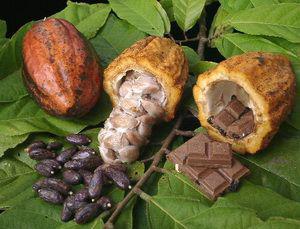
In 1615 the Spanish princess Anne of Austria, when she married the French dauphin, brought a box of cocoa beans. Soon chocolate began selling coffee shops in Paris and in 1657 in London, opened its first "chocolate house". The wife of Louis XIV, Maria Theresa said: "I love chocolate more than anything else - except for the King!»
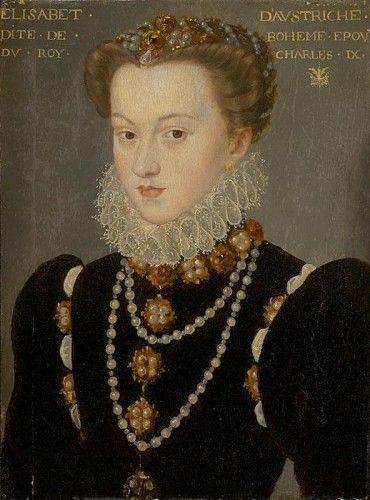
Anne of Austria
Chocolate was considered an aphrodisiac, such as Giacomo Casanova drove with cocoa beans, hand mill and alcohol lamp to cook exciting beverage. Much later it became clear that no excitation properties of the chocolate is not, but it contains the alkaloid theobromine, which causes a moderate consumption of happiness. Also in the XX century, scientists found that chocolate contains a lot of nutrients - potassium, magnesium, iron, etc. It is there and flavonoids, which strengthen the walls of blood vessels and prevent blood clots. Even the smell of chocolate useful - it increases the production of immunoglobulin needed to protect the body against viruses.
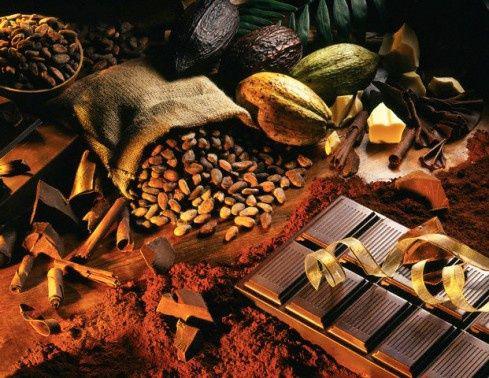
French master chocolatier Francois-Louis Cailler, remaining without work during the French Revolution and escaped to the Swiss town of Vevey, in 1819 made a great discovery - he learned to make solid chocolate. Very soon it became the center of Switzerland, "sweet" progress. It then came up with brandy chocolate fondue - a favorite treat guests to Courchevel. In 1830, Charles-Amedee Kolher invented chocolate with nuts, and in 1876 Daniel Peter created milk chocolate.
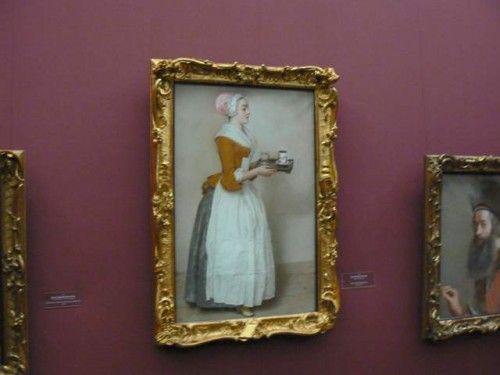
The famous picture of "Chocolate" by Jean Etienne Liotard
In 1828 the Dutchman Conrad van Houten made another important discovery - by pressing he learned to separate the cocoa butter from the cocoa powder. These ingredients form the basis of our production of chocolate with you modernity.
The heyday of the chocolate industry in the world was in the middle of the XIX century - were first chocolate kings, and with them, and fierce competition among them. To withstand it, inventing new tricks. For example, the founder of the German company «Ritter Sport» Alfred Ritter rich replacing the usual rectangular square tiles and added quite a compelling slogan: Quadratisch. Praktisch.Gut. Theodor Tobler invented the chocolate «Toblerone» after a visit to the cabaret "Folies Bergere." Story dancers, dancing the cancan in his imagination appeared close triangular chocolates, and their yellow-red suit reflected in the color of the packaging.
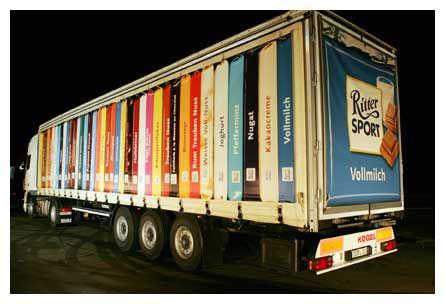
Other inventors have cared less about the form and on the content - for example, the Swiss Henri Nestlé invented powdered milk, has made possible the production of milk chocolate. Taking advantage of its monopoly, Nestle the beginning of XX century was the largest manufacturer of Swiss chocolate. Of course, it was quite easy to compete in England with the "Cadbury", in Belgium - a "Kanebo", and in the US with Milton Hershey, who in 1893 began construction in Pennsylvania of a town whose people almost without exception made chocolate. Today, the entire town of Hershey is a museum, is very reminiscent of the scenery of the film "Charlie and the Chocolate Factory." Another American, Frank Mars, invented the first chocolate bars - the famous "Mars" and "Snickers", which due to its calorie diet went into World War II American soldiers.
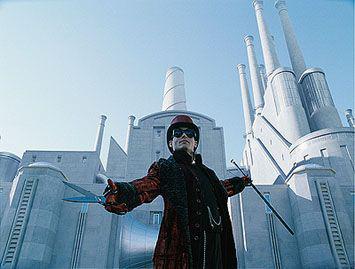
In Russia, the chocolate was introduced by Catherine II, when visiting businessmen opened in St. Petersburg and Moscow, several "chocolate houses". Chocolate and selling take-away, kept a note of the young Pushkin: "chocolate for 20 francs." The first chocolate factory, we also opened a foreign Frenchman Adolf Sioux in 1861 and the German Ferdinand von Einem in 1867-m.
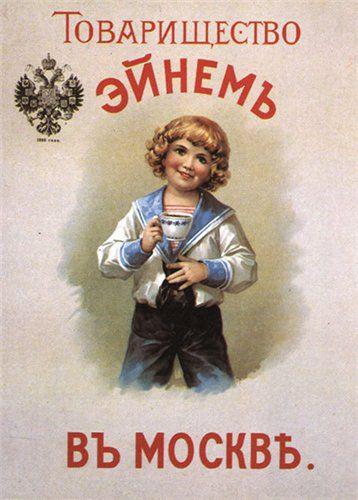
But it soon appeared, and Russian chocolate king Alexei Abrikosov - in 1847 opened his own confectionery factory. Especially turned Russian confectioners in 1913, when we celebrated the 300th anniversary of the Romanov dynasty - on chocolate wrappers were portraits of kings.
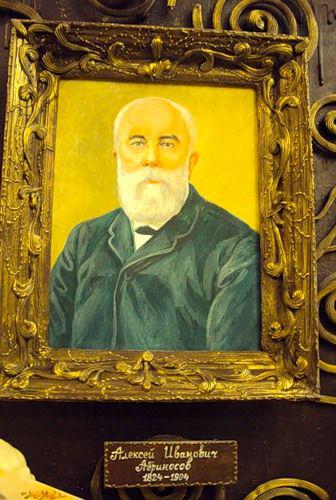
Later, the factory was changed to familiar to us today, the name "Sioux" was the "Bolshevik", "Einem" - "Red October", "Apricot" - factory named chairman of the executive committee of the Sokolniki Babayev. Trading house Leonovs in 1931 was named "Rot Front" in memory of the visit to the German workers struggling against fascism.
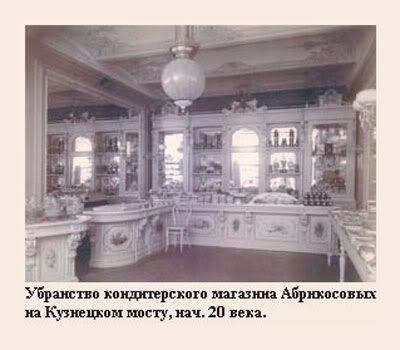
Today, the world consumption of chocolate more than 4 million tons. Most of the world it is eaten Americans, the British and the Dutch (10 kg per year), while the Russians - 2-3 kg per year. Of course, uncontrolled eating chocolate can turn into trouble. The optimal dose for an adult - one week stogrammovaya tiles. But you can eat dark chocolate and more - he even promotes weight loss because of its low calorie content causes a feeling of fullness. Wonder chocolate is definitely included in the diet of people experiencing great physical and thermal stresses: climbers, pilots, submariners.
In short, chocolate is a true food of the gods.
According to legend, cocoa, from which the Indians themselves prepared broth, served food gods, and his men brought the great god Quetzalcoatl, so drink chokolatl considered communion to the deity. The drink was very expensive: one hundred cocoa beans could buy a slave, and services prostitutes cost 5 beans. Apparently, it was the beans "currency" of the Aztecs.

The benefits of cocoa from the Mayan Indians learned, but the name of this plant belongs to the more ancient inhabitants of Central America - the Olmecs.
Introducing the Old World with a drink was in 1519, when the Aztecs presented his Spanish conquistador Hernan Cortes, their acceptance of the returned Quetzalcoatl. At first he did not like the bitter drink, but he later used to chokolatl thanks to his mistress Marina. In Spain the same chocolate first appeared in 1526.

In 1615 the Spanish princess Anne of Austria, when she married the French dauphin, brought a box of cocoa beans. Soon chocolate began selling coffee shops in Paris and in 1657 in London, opened its first "chocolate house". The wife of Louis XIV, Maria Theresa said: "I love chocolate more than anything else - except for the King!»

Anne of Austria
Chocolate was considered an aphrodisiac, such as Giacomo Casanova drove with cocoa beans, hand mill and alcohol lamp to cook exciting beverage. Much later it became clear that no excitation properties of the chocolate is not, but it contains the alkaloid theobromine, which causes a moderate consumption of happiness. Also in the XX century, scientists found that chocolate contains a lot of nutrients - potassium, magnesium, iron, etc. It is there and flavonoids, which strengthen the walls of blood vessels and prevent blood clots. Even the smell of chocolate useful - it increases the production of immunoglobulin needed to protect the body against viruses.

French master chocolatier Francois-Louis Cailler, remaining without work during the French Revolution and escaped to the Swiss town of Vevey, in 1819 made a great discovery - he learned to make solid chocolate. Very soon it became the center of Switzerland, "sweet" progress. It then came up with brandy chocolate fondue - a favorite treat guests to Courchevel. In 1830, Charles-Amedee Kolher invented chocolate with nuts, and in 1876 Daniel Peter created milk chocolate.

The famous picture of "Chocolate" by Jean Etienne Liotard
In 1828 the Dutchman Conrad van Houten made another important discovery - by pressing he learned to separate the cocoa butter from the cocoa powder. These ingredients form the basis of our production of chocolate with you modernity.
The heyday of the chocolate industry in the world was in the middle of the XIX century - were first chocolate kings, and with them, and fierce competition among them. To withstand it, inventing new tricks. For example, the founder of the German company «Ritter Sport» Alfred Ritter rich replacing the usual rectangular square tiles and added quite a compelling slogan: Quadratisch. Praktisch.Gut. Theodor Tobler invented the chocolate «Toblerone» after a visit to the cabaret "Folies Bergere." Story dancers, dancing the cancan in his imagination appeared close triangular chocolates, and their yellow-red suit reflected in the color of the packaging.

Other inventors have cared less about the form and on the content - for example, the Swiss Henri Nestlé invented powdered milk, has made possible the production of milk chocolate. Taking advantage of its monopoly, Nestle the beginning of XX century was the largest manufacturer of Swiss chocolate. Of course, it was quite easy to compete in England with the "Cadbury", in Belgium - a "Kanebo", and in the US with Milton Hershey, who in 1893 began construction in Pennsylvania of a town whose people almost without exception made chocolate. Today, the entire town of Hershey is a museum, is very reminiscent of the scenery of the film "Charlie and the Chocolate Factory." Another American, Frank Mars, invented the first chocolate bars - the famous "Mars" and "Snickers", which due to its calorie diet went into World War II American soldiers.

In Russia, the chocolate was introduced by Catherine II, when visiting businessmen opened in St. Petersburg and Moscow, several "chocolate houses". Chocolate and selling take-away, kept a note of the young Pushkin: "chocolate for 20 francs." The first chocolate factory, we also opened a foreign Frenchman Adolf Sioux in 1861 and the German Ferdinand von Einem in 1867-m.

But it soon appeared, and Russian chocolate king Alexei Abrikosov - in 1847 opened his own confectionery factory. Especially turned Russian confectioners in 1913, when we celebrated the 300th anniversary of the Romanov dynasty - on chocolate wrappers were portraits of kings.

Later, the factory was changed to familiar to us today, the name "Sioux" was the "Bolshevik", "Einem" - "Red October", "Apricot" - factory named chairman of the executive committee of the Sokolniki Babayev. Trading house Leonovs in 1931 was named "Rot Front" in memory of the visit to the German workers struggling against fascism.

Today, the world consumption of chocolate more than 4 million tons. Most of the world it is eaten Americans, the British and the Dutch (10 kg per year), while the Russians - 2-3 kg per year. Of course, uncontrolled eating chocolate can turn into trouble. The optimal dose for an adult - one week stogrammovaya tiles. But you can eat dark chocolate and more - he even promotes weight loss because of its low calorie content causes a feeling of fullness. Wonder chocolate is definitely included in the diet of people experiencing great physical and thermal stresses: climbers, pilots, submariners.
In short, chocolate is a true food of the gods.


